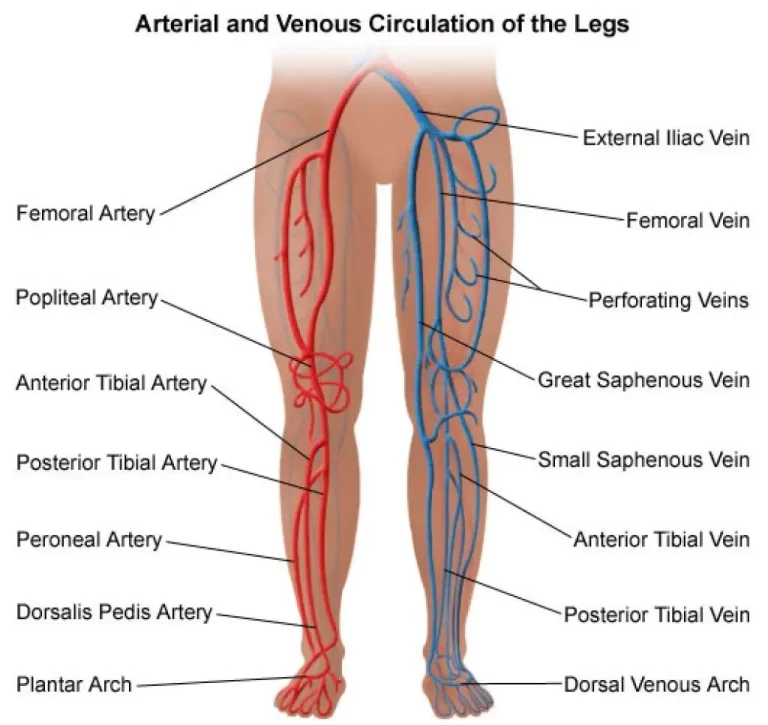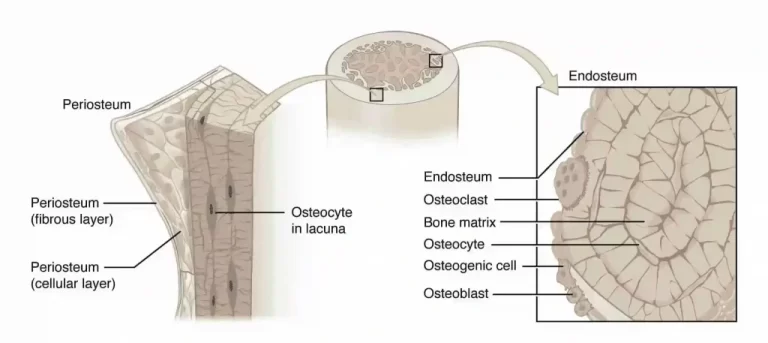Understanding the Corneal Reflex: Eye’s Protective Mechanism Explained
What Is the Corneal Reflex?
The Corneal Reflex, also known as the blink reflex or blink response, is a protective reflex that helps safeguard the eye from potential harm. It is an involuntary, rapid, and automatic response to a stimulus that threatens the cornea, the clear, front surface of the eye.
Testing of the corneal reflex is frequently included in a neurological examination. You may have nerve, brain, or ocular conditions if this reaction is weakened and your eye does not blink when touched.
The reflex happens quickly, every 0.1 seconds. This response, also known as the optical reflex, protects the eyes from foreign objects and strong lights. When sounds are made that are between 40 and 60 dB louder, the blink reflex also happens.
What Is the Cornea?
The iris, pupil, and anterior chamber of the eye are all covered by the cornea, which is the clear, protective outer layer. Anything that touches the cornea’s delicate top layer will cause the corneal reflex to be activated. A thin layer of barrier tissue called the conjunctiva covers the white portion of the eye.
How to Test the Corneal Reflex?
You can perform the corneal reflex test when you’re awake. By delicately applying a clean instrument (such the soft tip of a cotton swab) to your eye at an office visit or during an eye appointment, your healthcare practitioner may do this procedure. Blinking indicates that your corneal reflex is functioning.
It is also possible to test the response in a medical setting while the patient is unconscious, sleepy, and unaware of the test. A clean object, such as the soft head of a cotton swab, is placed to the eye during a corneal reflex test when a subject is not awake to check if they would blink.
The corneal reflex is crucial for evaluating brain activity in this situation and can help measure the degree of brain injury.
Results:
You don’t need to take any action if your healthcare provider is testing your corneal reflex. A corneal reflex examination is quick and secure.
Your doctor will give you a brief explanation of the test and may gently hold your head in place to prevent you from moving it, which could harm your eyes if you turn toward the object.
They will place the item before one eye, and both of them should begin to blink quickly. Your other eye will subsequently get the object, and this time, both of your eyes should blink quickly.
People occasionally blink when something comes close to their eyes. This is due to another blink reflex that takes place when something is close to the eye. By calming down, you can avoid this and allow your doctor to finish the corneal reflex test.
The corneal reflex test frequently results in tears coming from both eyes. This is due to the fact that your reaction response to having something in your eyes also includes the release of tears, which aids in washing out any debris.
Pathways
The reflex is mediated by:
- the trigeminal nerve’s (CN V) nasociliary branch of the ophthalmic branch(V1) senses the stimuli exclusively on the cornea (afferent fiber).
- the CN VII’s temporal and zygomatic branches, which serve as the efferent fibers that start the motor response.
- The pons of the brainstem includes the center (nucleus).
The testing of this reflex may be reduced or eliminated with the use of contact lenses.
The visual cortex, which is located in the occipital lobe of the brain, mediates the slower optical reflex, on the other hand. Babies under the age of nine months do not have the reflex.
Some neurological tests, such as the FOUR score, which is used to assess coma, include the evaluation of the corneal reflex. When the injured eye is stimulated, there is no corneal reaction because the ophthalmic branch (V1) of the trigeminal nerve has been damaged. When one cornea is stimulated, both eyelids typically close in a consensual reaction.
What Does the Absence of Corneal Reflex Indicate?
An unintentional (involuntary) muscle activity is the corneal reflex. The trigeminal nerve, which is the fifth cranial nerve, and the facial nerve, which is the seventh cranial nerve, communicate quickly in reflex, which is how it functions. Additionally, it depends on your cornea’s sensory nerve endings and your capacity to move the eyelid muscles.
Lack of the corneal reflex can be a sign of issues with the fifth or seventh cranial nerves, the cornea, or the muscles that move the eyelids.
The following conditions can result in a weak or missing corneal reflex:
- Bell’s palsy: A disorder that causes facial paralysis on one side that typically goes away on its own
- Increased eye pressure due to a number of disorders known as glaucoma can harm the optic nerve.
- A condition known as neurotrophic keratopathy results in corneal deterioration and a loss of corneal sensation.
- A disorder known as multiple sclerosis occurs when the immune system mistakenly targets the sheath that protects nerve fibers.
- A stroke is a blockage or bleeding in the brain.
- A brain tumor is a growth that is abnormal.
- brain enlargement
- brain death or a coma
- Muscle paralyzing drugs: drugs, such as those employed in surgical anaesthetic
The corneal reflex is not always impacted by these diseases. This test is one of several diagnostic procedures performed in conjunction with other diagnostic tests to establish a diagnosis.
When to See a Doctor?
Loss of the corneal reflex would often be one of numerous signs of a health issue rather than happening on its own.
Look for medical help if:
- One or both of your eyes are difficult to open or close.
- You have droopy eyelids, either one or both.
- One or both of your eyes are not seeing clearly.
- One or more blind spots or issues with your peripheral vision have been brought to your attention.
- You occasionally or consistently have double vision.
Rates
When awake, the lids typically share tear secretions throughout the corneal surface for 2 to 10 seconds (however individual variations may occur). However, dryness and/or irritation are not the only factors that affect blinking. Blinking is controlled by a brain region called the blinking center, which is located in the globus pallidus of the basal ganglia. The outside factors are still at play, though. The muscles surrounding the eyes are related to blinking. The act of blinking is frequently accompanied by a change in gaze, and it is thought that this facilitates eye movement.
Conclusion
The corneal reflex is an essential protective mechanism for the eye. It operates quickly and without conscious control, helping to prevent injuries to the delicate corneal tissue. However, in some medical conditions or injuries, the corneal reflex may be reduced or absent, which can be a sign of neurological or ophthalmic issues and may require further evaluation by a healthcare professional.
FAQs
What is the main nerve of the corneal reflex?
Corneal Reflex: Cranial Nerves V and VII
The cranial nerves V and VII serve as the efferent and afferent loops, respectively, for the corneal reflex.
How do you check for corneal sensation?
Approach the patient from the side and test the eye’s center and all four quadrants to perform a corneal sensitivity test. Normal people react by blinking and describing the sense of touch when a cotton thread is lightly pressed against the cornea, while patients with a lack of corneal sensitivity do not.
What is the corneal reflex in infants?
Only a small percentage of newborns have the tactile corneal reflex, which develops during the course of the first three months of life. These findings show that the tactile corneal reflex has a longitudinal neurologic development and is a natural aspect of the maturation of the nervous system.
What is the pathway of a corneal reflex test?
Corneal reflex
Trigeminal primary afferent fibers, which are free nerve endings in the cornea and proceed through the trigeminal nerve, Gasserian ganglion, root, and spinal trigeminal tract, are the first to detect inputs.
References
- Moawad, H. (2023, August 23). What Is the Corneal Reflex? Verywell Health. https://www.verywellhealth.com/corneal-reflex-5270891
- Corneal reflex. (2023, July 11). In Wikipedia. https://en.wikipedia.org/wiki/Corneal_reflex
- Peterson, D. C. (2023, July 25). Corneal Reflex. StatPearls – NCBI Bookshelf. https://www.ncbi.nlm.nih.gov/books/NBK534247/







